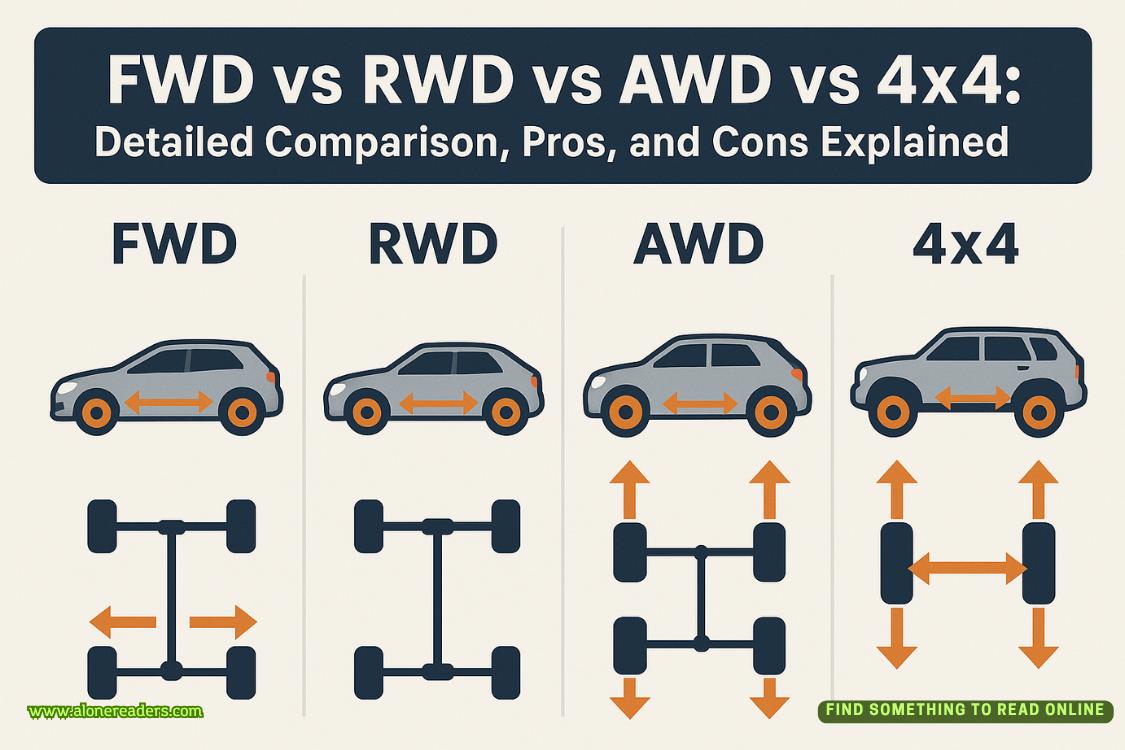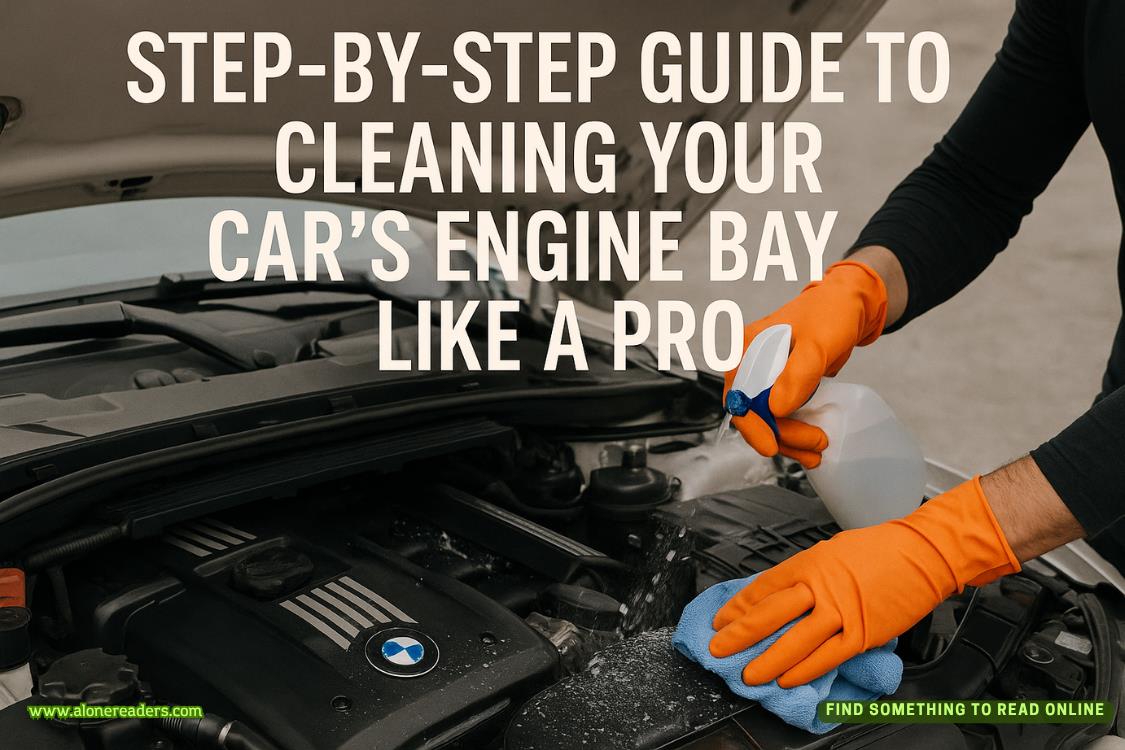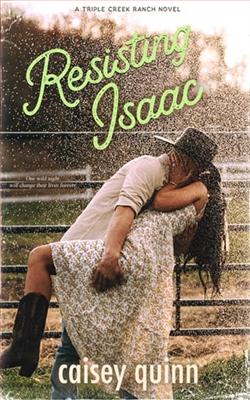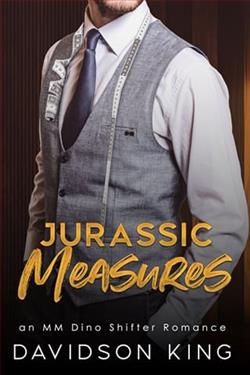Page 84 of Still See You Everywhere
“Nope. I’m good. Very good. So, uh, drug sub?”
Tannis heads left, thank goodness. We’re moving back in the direction of the shore, slipping and sliding our way along the rutted path. Shortly, a giant structure comes into view. It’s open on all sides, basically an enormous corrugated-metal shed. I see an assortment of tools and equipment in half the space, then a pile of rusted metal bric-a-brac on the other side.
“Town dump,” Tannis declares.
“We have a dump?”
“Welcome to island life. As the landscape architect, I’m still working on this problem. So: the miscellaneous building waste that comes from creating new structures—leftover wood, metal, plastic, etc.—all gets returned to Oahu on the same ships that bring in the raw materials. However, this atoll sits in the middle of a variety of currents. Factor in storms such as yesterday’s humdinger—”
“Humdinger. Nice.”
“New items wash ashore almost daily. Debris knocked loose from cargo ships, commercial fishing boats, miscellaneous trash—no doubt you’ve noticed our fine collection of flip-flops, not to mention plastic bags, water bottles, drinking straws.” She shudders. “The ocean is a busy place, and this island is a natural collection point. One of Charlie’s duties is to make the rounds every few days to identify what’s come ashore. Then either Vaughn, or sometimes an entire contingent of us, go fetch it and bring it here.”
“Including a single-person submersible,” I fill in.
“Including a drug sub,” she agrees.
She brings me around the enormous garage to a corner where larger items have been piled up. I don’t immediately see anything that screams Red October, but then Tannis points to a slender strip of aquamarine metal thrusting out from beside the pile. Upon closer inspection, it bears the same shape as a kayak, though it is roughly three times larger in size. I can’t get over the color of the exterior, which I’d expected to be gunmetal gray but instead is tropical blue.
“Because a dark shape would be noticeable in these waters,” I deduce.
“Yes. And possibly attacked by a shark.”
“Seriously?” This draws me up short.
“The only dark shapes in the ocean are predators or prey. Hence the need to blend.”
“Okay then.” I’d thought of a drug-running submersible as needing to hide from law enforcement. I’d never considered the other dangers inherent in such an activity.
“Most likely, this sub was abandoned elsewhere and simply washed up on these shores,” Tannis supplies. “But it indicates the way the currents move through the Line Islands, that an item can be abandoned hundreds of miles away and still wind up here.”
“Or launched,” I murmur, thinking of the Beautiful Butcher and her obvious goal of reaching this atoll. I wonder if a sub is faster than a ship, which in theory takes seven days to reach this island. It would definitely be more covert. Apparently, MacManus can shut down shipping lanes, but he can’t stop all the currents heading here.
“Do you know how the sub works? I mean, how hard is it to operate?”
“I imagine there’s some training involved; it can’t be that safe to cross the ocean in something barely larger than a coffin. But if you look inside, you’ll see this is nothing but a shell. Whatever electronics, engine, whatnot, were used to power this beauty are long gone, so it’s hard to know.”
A small top hatch—barely large enough for a slender adult to slip through—is open. I peer down inside the sub. True to Tannis’s report, the stark interior might as well be the same as a kayak’s. There’s a rough, single-person seat and some padding along the edges, as well as dangling strips of duct tape—maybe from securing the drugs to the sides? That’s it.
“Do you know anything about drug smuggling?” I purse my lips, still considering the matter. “I mean, how useful, really, is it to land drugs on a remote atoll? You’d still have to get the entire stash into Hawaii, the mainland, somewhere.”
“I can’t see how bringing anything to Pomaikai would be useful in terms of entry; you’d still have to go through passport control and customs in Honolulu. However, this would make an excellent exit point.”
I turn to Tannis, genuinely curious. “How so?”
“Well, you don’t have to be an expert in missing persons”—she slides me a glance; the camp rumor mill has definitely been churning away—“to know human trafficking is a big issue on the islands. The number of local girls who disappear, not to mention males kidnapped to staff the enormous Chinese fishing fleets that basically set up camp on the ocean, catching, harvesting, and processing fish twenty-four seven. The need for manpower to work those boats, and even more tragically, to supply entertainment for that manpower… It wouldn’t be so hard to smuggle people from, say, Honolulu to here, where the kidnapped victims could be picked up on larger boats and taken directly out to the fishing fleets.”
“That’s… clever. Yeah, Pomaikai as an entry point, not so helpful. But as an exit port… Interesting.”
“The grave,” Tannis asks me directly. “Do you think…?”
“A victim of human trafficking?” I recall the sequined flower. A small spark of brightness, maybe even hope, in a life that ended so darkly. “I don’t know. But it’s possible. The acts of sabotage going on at base camp…”
“Someone doesn’t want us here.”
“Yeah, and even more relevant, given there are no strangers camping in the jungle around us…”
“That person has to be one of us.”















